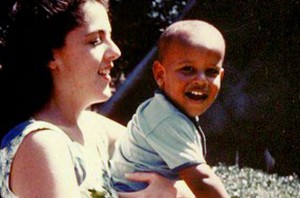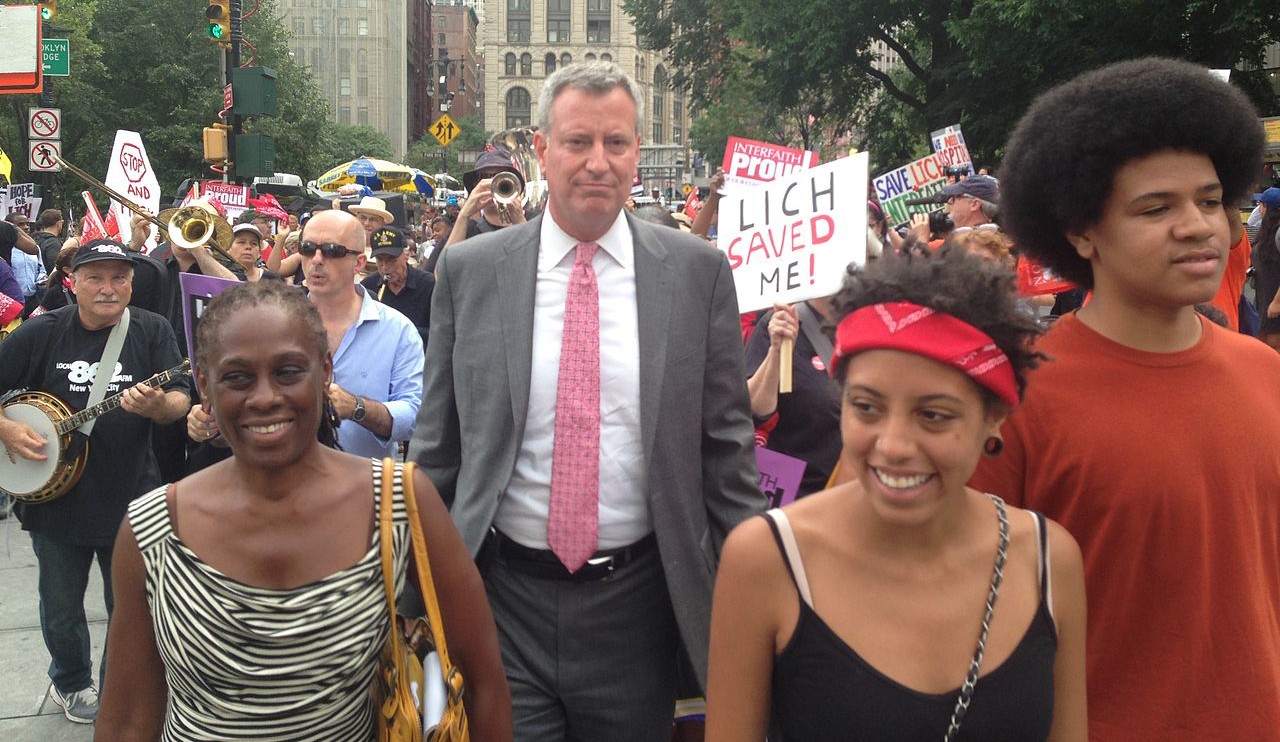As swimmer Michael Phelps knows, one of the highest priorities of food corporations is maintaining their squeaky clean mainstream appeal. This usually involves companies giving wide berth to any manner of controversy, but Cheerios ignored this policy four months ago. In June, the cereal company released a 30 second television commercial that featured a mixed race married couple. The only detail of the ad that deviated from standard cereal advertisement conventions was black man and white woman actors playing the parents in the all-American family.
Whether or not Cheerios predicted the commotion their commercial would cause, we don’t know. Regardless, the ad first met backlash –negative reactions drove YouTube to disable comments on the online video– but then an overwhelming show of support from Americans. The multiracial community applauded Cheerios for depicting a family on television that looked more like theirs.
Aside from generating good publicity for Cheerios, the advertisement has drawn attention to the growing number of mixed race marriages and multiracial children in the United States. In 2010, 8.4 percent of all marriages were between individuals of a different race or ethnicity.
Though this number is only a small fraction of the married population, it marks an all time high for American intermarriage. These numbers will likely bloom in coming years: 15 percent of new marriages in 2010 were interracial and more than one-third of Americans claim that a family member or close relative is married to someone of a different race or ethnicity. Nearly one quarter of new marriages in Western states are interracial (the percentages dwindle moving East, but mixed marriages in the Midwest and Northeast are 11 and 13 percent respectively.)
The increasing prevalence of mixed marriage is accompanied by a growing number of Americans who identify as multiracial. 2000 marked the first year the Census allowed citizens to mark more than one box indicating race, a significant development given approximately 9 million Americans identify as multiracial. Comparing the 2000 and 2010 polls reflects the complicated territory of racial identity and categorization in the United States: the number of Americans who identified as both white and black increased by 134 percent from the 2000 census.

Nine million, or three percent, of Americans currently identify as more than one race and in the coming decades this number is bound to soar. “The crop of students moving through college right now includes the largest group of mixed-race people ever to come of age in the United States,” according to the New York Times. “They are only the vanguard: the country is in the midst of a demographic shift.”
Multiracial children are the fastest growing youth demographic in the country. According to the 2010 census, their population increased by 50 percent since 2000. But the jump signifies more than many births of multiracial babies. It also indicates that increasing recognition of mixed ancestries is freeing Americans to embrace their multifaceted roots (heritages that don’t necessarily fit into one box).
“I think people are more comfortable in identifying themselves, and their children, as mixed race,” William H. Frey, a demographer from Brookings Institution said. “It’s much more socially acceptable, more mainstream, to say, ‘That’s what we want to identify them as.’”
This trend indicates the changing face of America in the coming decades. Older Americans tend to identify as one race; their identities are more strongly influenced by an era when race was a factor that separated and subordinated. Now, Frey says, “One out of six kids who used to be thought of as just black will now grow up thinking of themselves as white and black. This is a huge leap.”
Growing acceptance of mixed ancestries is not without its special challenges. Singer Beyoncé Knowles was accused of trying to distance herself from her African-American roots by some in the black community after she starred in a L’Oreal commercial that boasted her Native American and French, as well as African American, roots. And though President Obama’s election was a landmark event in America’s racial legacy, it also provoked debate in the minority community, ‘is he America’s first black or biracial president?’
Multiracial families and individuals are also sharing their struggles in a society that is not yet accustomed to racial ambiguity. Featured in NPR’s “The Race Card Project,” Wilma Stordahl, a white Seattle resident of Norwegian heritage, discussed her experience with strangers who have asked her about her biracial sons. “In my 20s, I wanted to call them mixed-race. I wanted to say that they were some other thing, some other category than what was listed on all the forms that you fill out,” Stordahl said. “But I was repeatedly corrected.” Many reacted to Stordahl’s unambiguously dark, half Norwegian half African-American, children by telling Stordahl, “No, honey — your son is black.”
Another mother of biracial children, Thien-Kim Lam runs an online blog “I’m Not the Nanny.” The title is a reference to Lam’s experiences repeatedly being mistaken as the nanny of her half Vietnamese half African-American children. Her blog discusses teaching race to children, recommending books, toys and movies that teach diversity, in addition to handling more common Mom-blog fare like crafts for kids and tech tips.
In its commercial, Cheerios’s recognized that many American families (like many more in the future) don’t fit into the mainstream mold. The publicity for intermarriage and multiracial Americans was doubtlessly beneficial, but the conversation it generated – even the exposure of widespread bigotry – did even more. For most Americans racial identity will never be as simple as checking off a box, but if conversation continues to be encouraged by initiatives like “The Race Card Project,” America will grow more gracefully into it’s multiracial future.

Yes there’s a changing face of America. i am multiracial (African American, Irish and Native American) and my daughter, whose father is white is expecting her first child which will be Puerto Rican, Black, White and Native American.
Some people will need to just get it in their heads that this country is becoming “browner.” It’s inevitable.
“[P]eople are more comfortable in id themselves, & their children as mixed race.” demographer, Brookings Institution http://t.co/egTPbROGYj
Fitting Into the Right Box: Multiracial America on the Rise | Brown Political Review http://t.co/FlHmApL4HU
This is a great piece! Such a timely issue, excellent reporting